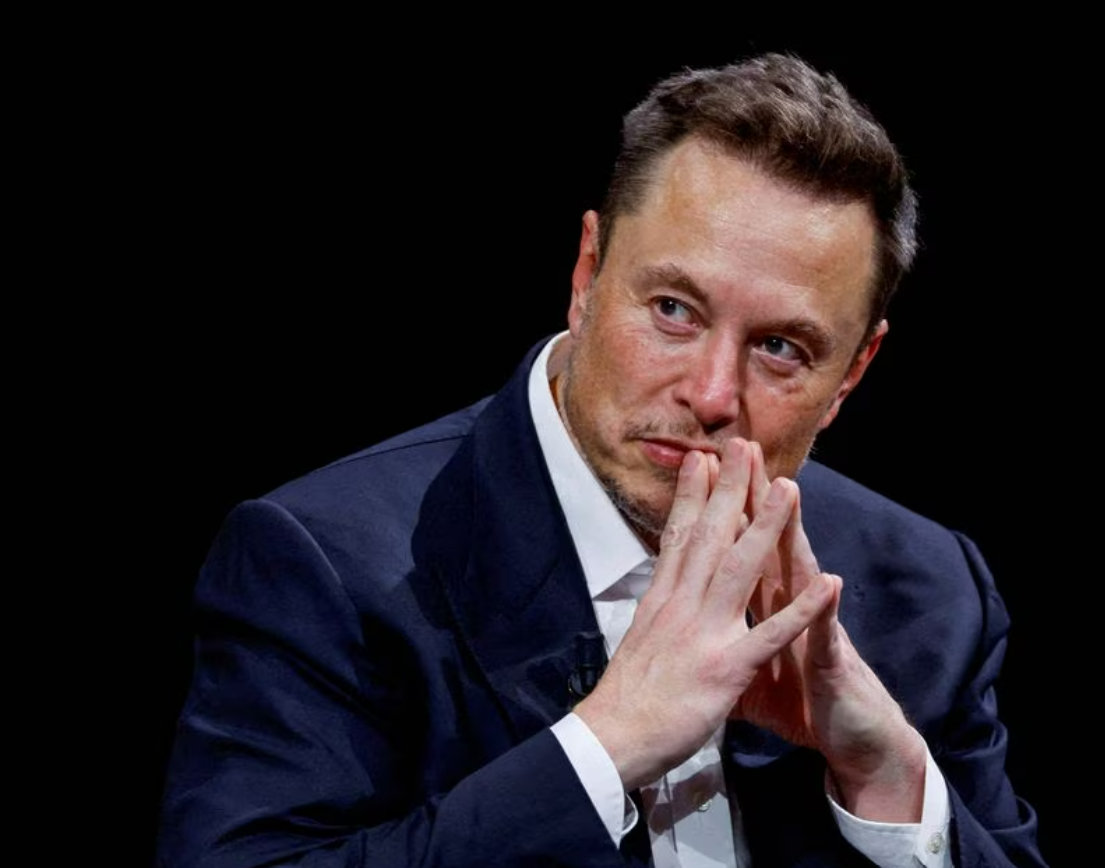Tesla has requested its shareholders to once again consider approving CEO Elon Musk’s contentious USD 56 billion pay package, initially set in 2018 but rejected by a Delaware judge in January.
Record-breaking compensation package
Musk’s compensation plan, which excludes salary or cash bonuses, hinges on Tesla’s market value soaring to potentially reach USD 650 billion within the next decade. Presently, Tesla’s market capitalisation stands at USD 500.36 billion.
Judicial rejection and company response
Delaware’s Court of Chancery, led by Kathaleen McCormick, invalidated Musk’s pay package earlier this year, criticising it as an exorbitant sum unjust to shareholders. Tesla’s board chair, Robyn Denholm, expressed disagreement with the ruling, asserting it misinterprets corporate law principles.
Legal battles and compensation details
Judge McCormick, who presided over Tesla’s case, also handled Twitter’s lawsuit against Musk in July 2022, when he attempted to retract a USD 44 billion deal to purchase the social media platform. Musk’s 2023 compensation was zero, as revealed in the filing, with his earnings primarily through stock options.
Corporate governance and regulatory filing
Tesla proposed a simple solution in its regulatory filing, suggesting a fresh shareholder vote on the original 2018 compensation package. Additionally, the company seeks approval to shift its state of incorporation from Delaware to Texas, a decision it urges investors to support.
Market response and shareholder decision
Shares of Tesla, the most valuable automaker globally, saw a modest increase of 1% following the announcement, reflecting investor interest in the company’s strategic decisions and executive compensation.
Tesla’s bid to secure shareholder approval for Elon Musk’s controversial pay package underscores ongoing debates surrounding corporate governance and executive compensation. As legal battles unfold and regulatory landscapes evolve, stakeholders are closely monitoring developments to assess their implications on Tesla’s future trajectory.



